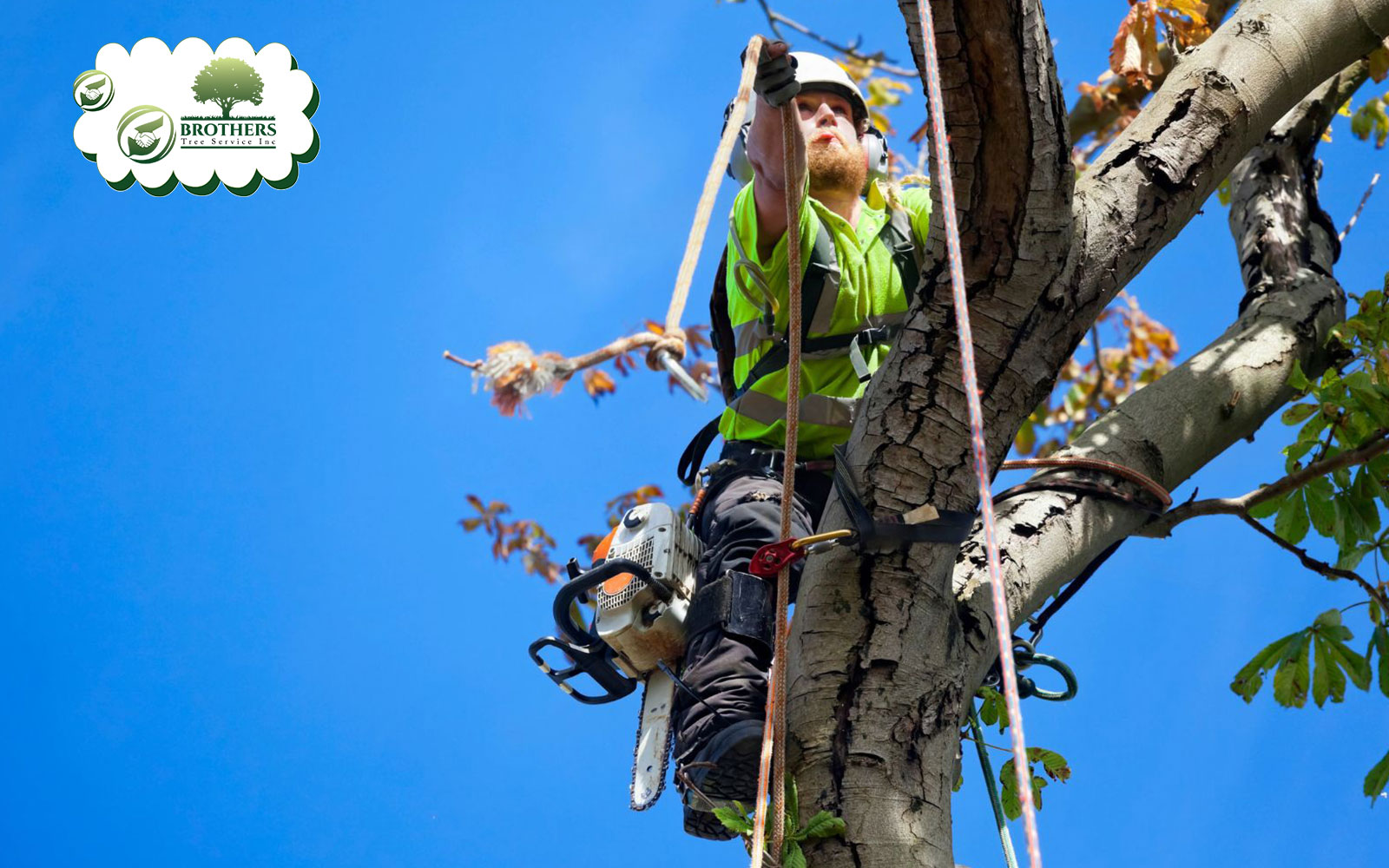
Felling a tree is not just about cutting it down—it requires careful planning and expertise. If you’re considering tree removal, understanding tree felling costs helps you make informed decisions. Several factors, including the tree’s health, removal technique, and location, affect pricing. Unlike standard tree removal, tree felling involves cutting a tree at its base and letting it fall in a controlled manner. While this method is effective, it must be done correctly to prevent damage and ensure safety.
What Determines the Cost of Tree Felling?
The cost of tree felling depends on several important factors. Knowing what influences pricing helps you prepare for the process and avoid unexpected charges.
Tree Type and Condition
- Healthy trees with strong trunks may require precise cuts to control the fall.
- Dead or rotting trees can be unpredictable and require extra safety measures.
- Certain tree species, such as hardwoods, are more difficult to cut through, adding time and effort.
Felling Method and Equipment Used
Not all trees can be felled the same way. Professionals use different techniques based on tree size and surrounding hazards.
- Traditional felling: Cutting the tree at the base and allowing it to fall naturally.
- Sectional felling: Removing the tree in pieces when space is limited.
- Rope-assisted felling: Using ropes and pulleys to guide the tree’s direction.
Each method requires specific equipment, which can impact overall costs.
Location and Potential Obstacles
The position of a tree significantly affects how it is felled. Trees in wide, open areas are easier to remove, while those near buildings, power lines, or roads require extra planning.
- If a tree leans toward a structure, arborists must adjust the cut to control the fall.
- Felling a tree in a tight space may require specialized tools and additional crew members.
- Some properties have underground utilities that must be considered before removal.
How to Plan for Tree Felling on Your Property
Proper planning makes tree felling smoother, safer, and more cost-effective.

Get an Expert Evaluation First
A professional assessment ensures the best removal strategy before cutting down a tree. Experts evaluate the tree’s health, surroundings, and structural risks before recommending a plan.
Ask the Right Questions
- What is the safest felling method for this tree?
- How will the team control the direction of the fall?
- Will additional permits be needed for removal?
Is DIY Tree Felling an Option?
Some property owners consider felling a tree themselves to save money. However, this can be extremely risky.
The Risks of DIY Tree Felling
- Miscalculating the fall direction can cause property damage.
- Without the right equipment, controlling the tree’s movement becomes dangerous.
- Chainsaws and cutting tools require experience to use safely.
A professional team ensures the job is done efficiently while minimizing risks to your property and surrounding areas.
Schedule a Tree Felling Consultation Today
Tree felling costs depend on several factors, including tree type, removal method, and location. If you need a professional assessment, our team provides licensed and insured tree removal services. Call us today at (760) 291-9776 to schedule an evaluation.
